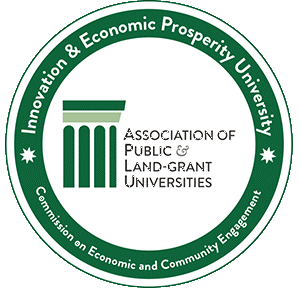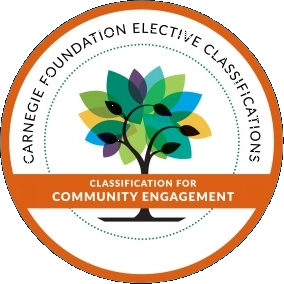The following communication strategies are effective for most public audiences.
- Provide a brief overview or structure for what you’ll be sharing: “I want to make three points. First…”
- Avoid jargon. Sometimes we’re not even aware we are using it!
- Use analogies, common terminology, and comparisons to familiar objects. For example:
- A cell is like a factory
- Enzyme action is like fitting a key into a lock
- Molecules are like Lego blocks that can be combined to form larger structures
- Use appropriate sequencing. Introduce simple concepts first and build on these to introduce more complex topics.
- Consider the appropriate level of detail you wish to convey: less detail for shorter interactions, more detail for longer interactions.
- Use questions to determine audience preconceptions, assess their understanding of what you are presenting, and modify your engagement strategy as you go. This strategy is not appropriate for all audiences (e.g., policymakers and journalists).
- Allow sufficient time for questions and discussion. Give people time to think about your questions before providing answers.
- Be prepared to accommodate diverse audience needs, such as physical, cognitive, and social differences. Think about the activities you design and how different learners might experience them. For example, bright lights and sounds may not work well for people with sensory disabilities.
Source
STEMAP – Bridging science and society through innovative public engagement. (n.d.). https://stemap.org









